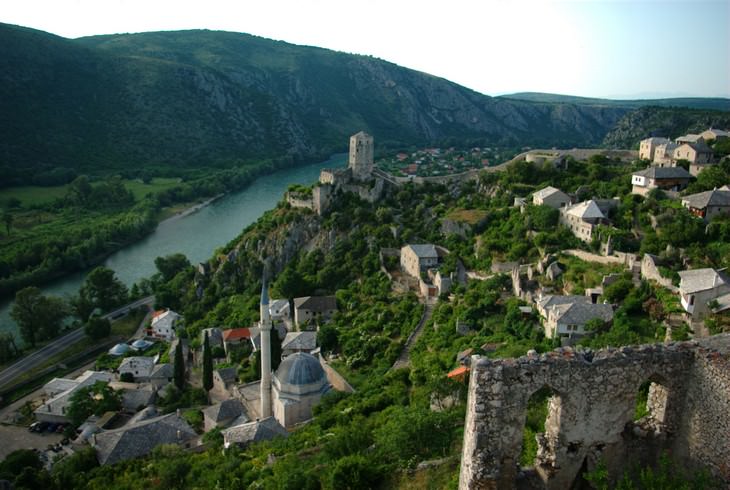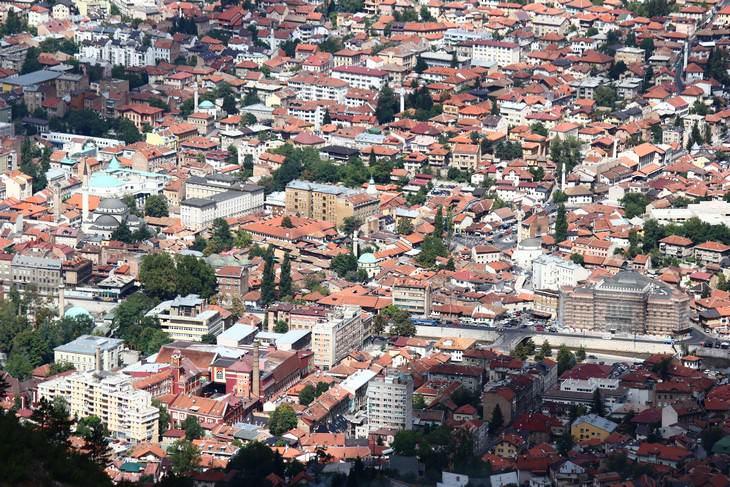
Imagine a place where there is rich Ottoman history that has left its mark on the landscape, along with high snowy and rough mountains, a beautiful long river that crosses the area, and ancient cities where different architectural styles form the spectacular skyline. The truth is that you don’t have to imagine, because in Bosnia and Herzegovina there is all this and much more! Despite the wealth of this country, in terms of tourism it’s considered marginal on the continent of Europe, however, after getting a glimpse at the following 15 places this country has to offer, you will fall in love!
Višegrad is a city located in eastern Bosnia and Herzegovina, on the banks of the River Drina. In this ancient city - mentioned for the first time in 15th-century writings - there is a long history that has been preserved to this day in the form of impressive buildings. In the middle of that century, the city was conquered and ruled by the Ottoman Empire for nearly 400 years. During those years, the Ottomans designed the face of the city so that even today every tourist who visits can see a variety of sites from that period. One of the remains that have existed here since the Ottoman period is the Mehmed Paša Sokolović Bridge, built in the late 16th century from 11 arches, and declared in 2007 a UNESCO World Heritage Site.
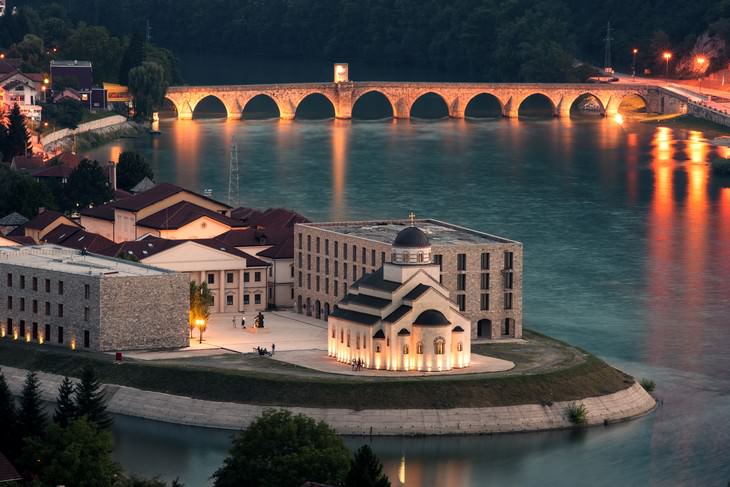
Southeast of the city of Mostar is the town of Blagaj, which developed greatly with the establishment of Ottoman rule in the area in the 16th century, and to this day one can find typical Ottoman public buildings. Blagaj is located on the banks of the Buna River, which originates from a rock-cut cavern that rises to a height of about 200 meters. In 1520, a monastery was built for the Dervishes (part of the final stream in Islam) – those who have left the society to study and grow closer to God. The site itself has been declared a World Heritage Site by UNESCO and today most of the building is used as a museum whose entrance is conditional on the removal of shoes due to the sanctity of the place.

The Blidinje Nature Park was built in 1995 and covers a fairly wide area of about 364 square kilometers in the north of the country, near the border with Croatia, which is a vast valley between two very high mountains - Vran and Čvrsnica – which promise a panoramic view to all who come to visit it. Many streams flow into the great valley, and in its center, you can find the largest mountain lake in Bosnia and Herzegovina, the Lake of Blidinje. It is recommended to visit the park during spring or summer when you can enjoy the colorful vegetation and its many spice plants.
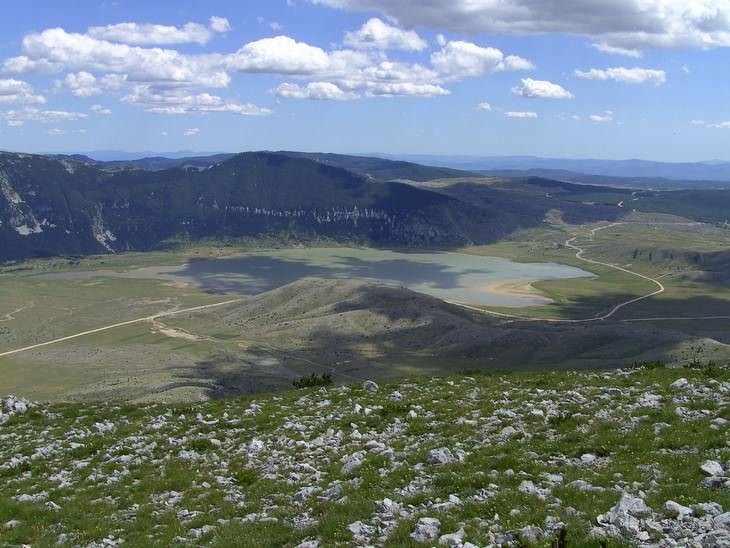
Mount Jahorina is part of the Dinaric Alps, and the most beloved ski site to many throughout Bosnia, which even hosted the Winter Olympics in 1984. The highest peak on the mountain is 1,916 meters high and can be reached with an advanced gondola lift system built on the site between 2012-2013 which goes between the town of Pale and the mountain itself. The modern system, along with the challenging ski and walking trails, attract a large number of visitors each year.
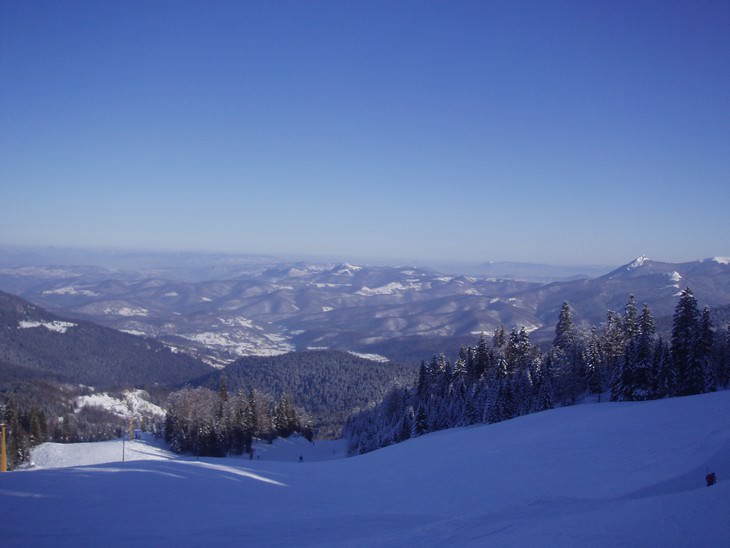
Trebinje is the southernmost city in Bosnia and Herzegovina and lies in the Trebisnjica Valley, named after the river that crosses its ancient center. The city has a mixture of buildings from the Ottoman period in an original elegant-oriental design that is associated with the 18th century. You can also find the Arslanagića arched bridge, an amazing Serbian Orthodox cathedral and the remains of the Klobuk Fortress, which stands on one of the hills above the valley and provides breathtaking views.

One of the most beautiful pearls in Bosnia is the city of Mostar, which is rich in history from the Byzantine, Slavic and Ottoman periods. One of the most impressive sites in the city is, of course, the old bridge that crosses the Neretva river, built during the reign of the Ottomans in the 16th century which is now recognized as one of the world's heritage sites in the country. In the city, you can find ancient buildings alongside Franciscan churches, oriental designs and Arabesque decorations that characterize the city's mosques. You can also walk around the ancient market of Mostar and sip a beer at the restaurants scattered by the river.
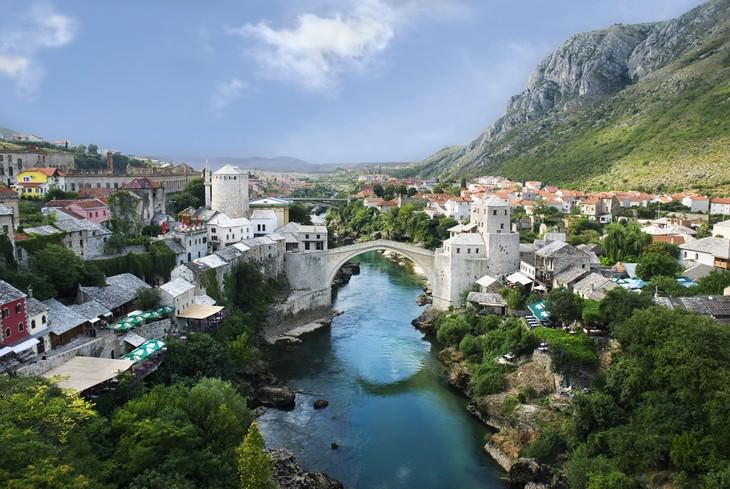
Jajce is a small town in northern Bosnia, famous mainly for its large and unique castle - a remnant of the city's past which remains here from the Middle Ages. The city itself sits on an impressive waterfall which can be seen from a beautiful vantage point in the city, as well as the castle and all the ancient buildings that surround it. In the city, you can find the Museum of the Anti-Fascist Council for the National Liberation of Yugoslavia (AVNOJ), which documents the resistance efforts of the Yugoslav partisans in World War II. In addition, there are underground catacombs, wooden houses painted in Bosnian style and impressive ancient construction.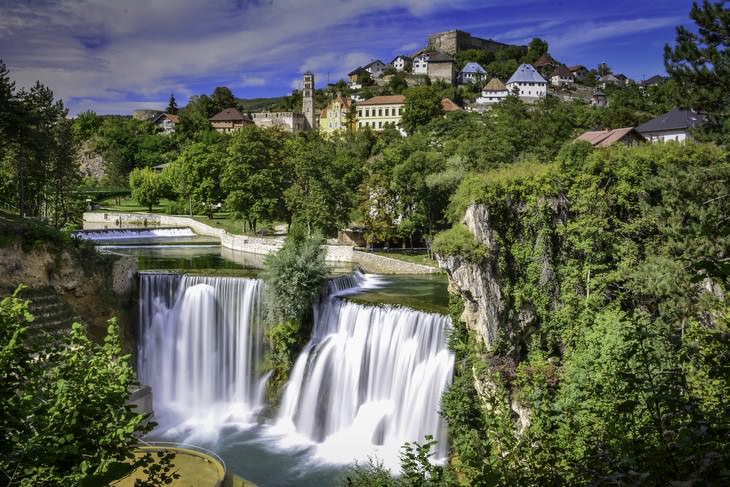
Banja Luka is the second largest city in Bosnia and Herzegovina and has a rich and diverse history that has left its cultural and architectural mark. In the city, you can see new buildings such as the Church of Jesus Christ, along with ancient ruins that were rebuilt, such as the Cathedral of Saint Bonaventure and the mosque of Mehmed Paša Sokolović. Tourists who visit the city do not come only because of the stamp of history on it, but more because of the brewery which is located inside an ancient monastery, and is the only one of its kind in the entire Balkan region. In addition, the city is a good base for trips to the natural sites in the area abundant with rivers, pools and hot springs, and the Vrbas River itself is a popular fishing and sailing site.
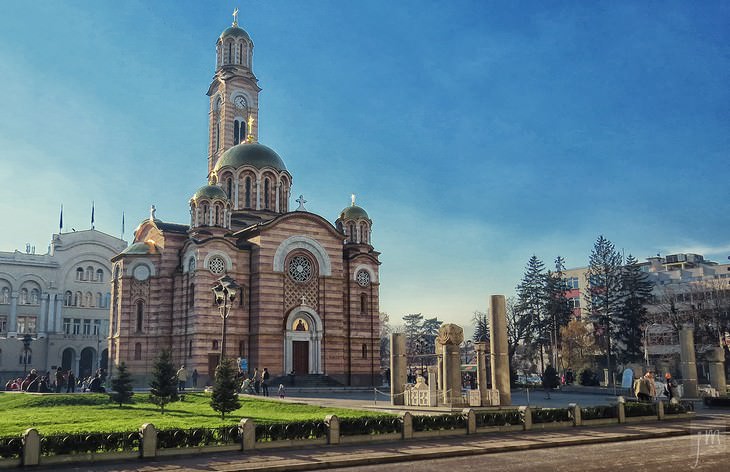
About 40 kilometers south of Mostar sits one of the most beautiful natural sites in Bosnia and Herzegovina, the Kravice Falls National Park on the Trebižat River. There are a series of waterfalls arranged in the form of a half-horseshoe, which fall from a height of 25 meters into a turquoise lake surrounded by dense green vegetation. During the hot summer months, the site attracts a large number of visitors who come to it for a bit of swimming, recreation and picnicking in the company of family and friends.
Tuzla is a city in northeastern Bosnia-Herzegovina and is the third largest in the country after Sarajevo and Banja Luka. The name of the city derives from the Ottoman period, since "Tuzla" in Ottoman Turkish means "salt place," due to the many salt mines in the city. Anyone who chooses to go to Tuzla can enjoy a clean and gracefully decorated old town, whose skyline shows a number of minarets that rise up alongside modern hotels and salt-rich bathhouses.

Stolac is situated in the territory of Herzegovina-Neretva and is considered by many to be one of the most beautiful cities in the country. The city is located in a deep valley surrounded by large green mountains, and in it, you can find remains from the 3rd century CE, as well as Baroque architecture from the 17th and 18th centuries. Near Stolac is the necropolis of Radimlja, which is actually an ancient burial site considered one of the most important in the country, with 122 tombstones from the 12th to 15th centuries.
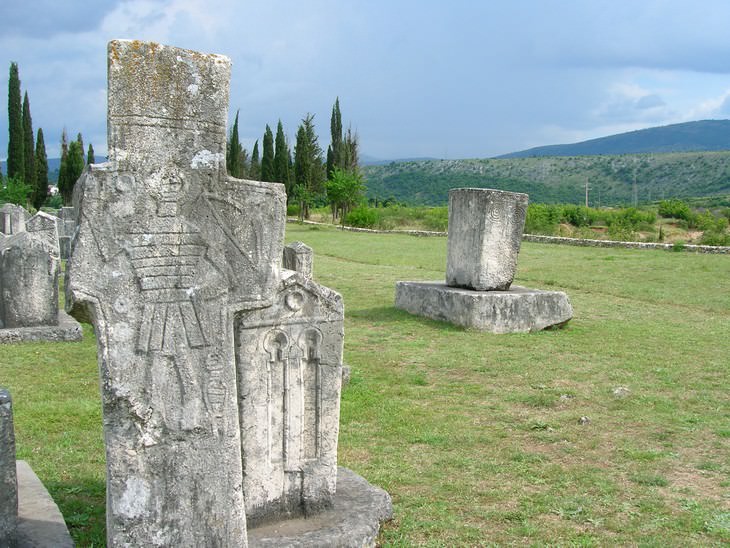
The town of Travnik is located in the center of Bosnia and Herzegovina and is located 90 kilometers west of its capital, Sarajevo, on the banks of the Lašva River. This city is able to combine its interesting past as the capital and fortress of the Ottomans in the 15th century, alongside modern activities such as extreme sports and more. The first aspect is reflected in the city's interesting construction system combining historical buildings built in the traditional Oriental style, along with two watchtowers from the Ottoman period, and the center of an ancient city from the 15th century. The second aspect can be met at nearby Vlašić, one of the most popular ski resorts around the country, where you can ski and go on challenging hikes.
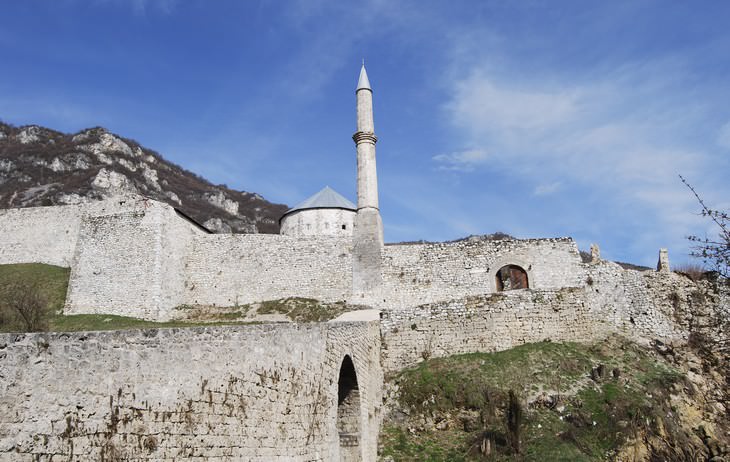
In 2008, a new national park was declared in northwestern Bosnia-Herzegovina, not far from the border with Croatia - Una National Park. In the center of the park, flows the Una River, the fourth longest river in the country, and around it grow about 170 different species of herbs and spices. In the park itself, you will find a rich variety of animals, including 30 species of fish, 130 species of birds, wild cats, foxes, wolves, bears, wild goats and more. The park is famous for its impressive waterfalls and exciting rafting trails alongside hiking and biking trails, beautiful shopping malls and bathing and fishing areas. In addition, the park offers a number of archeological sites and medieval fortresses to visit.
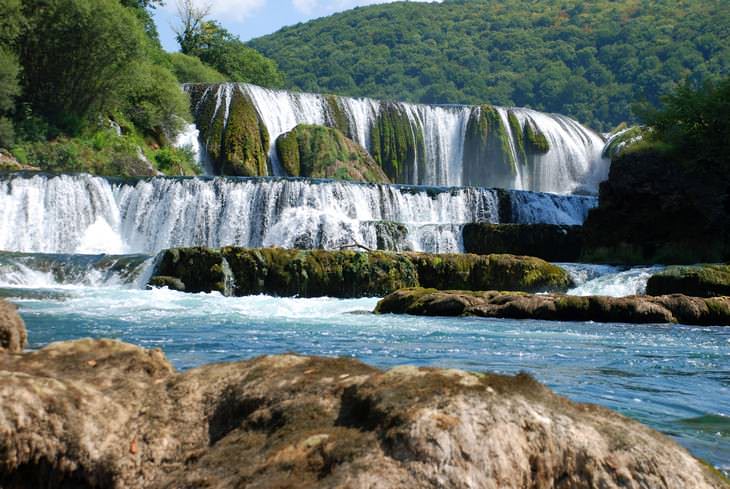
Počitelj is a miniature Ottoman town located in the south of Bosnia and Herzegovina and situated on the banks of the river Neretva. The town is surrounded by a wall and a number of ancient guard towers, which together with the minarets of the mosques and the town clock shape its horizon. The entire Old City is full of Ottoman stone buildings, narrow alleys and ancient public institutions such as mosques, bathhouses, inns, clock towers and picturesque houses with sloping roofs. Today, this small town has only 600 inhabitants and is recognized as a UNESCO World Heritage Site.
